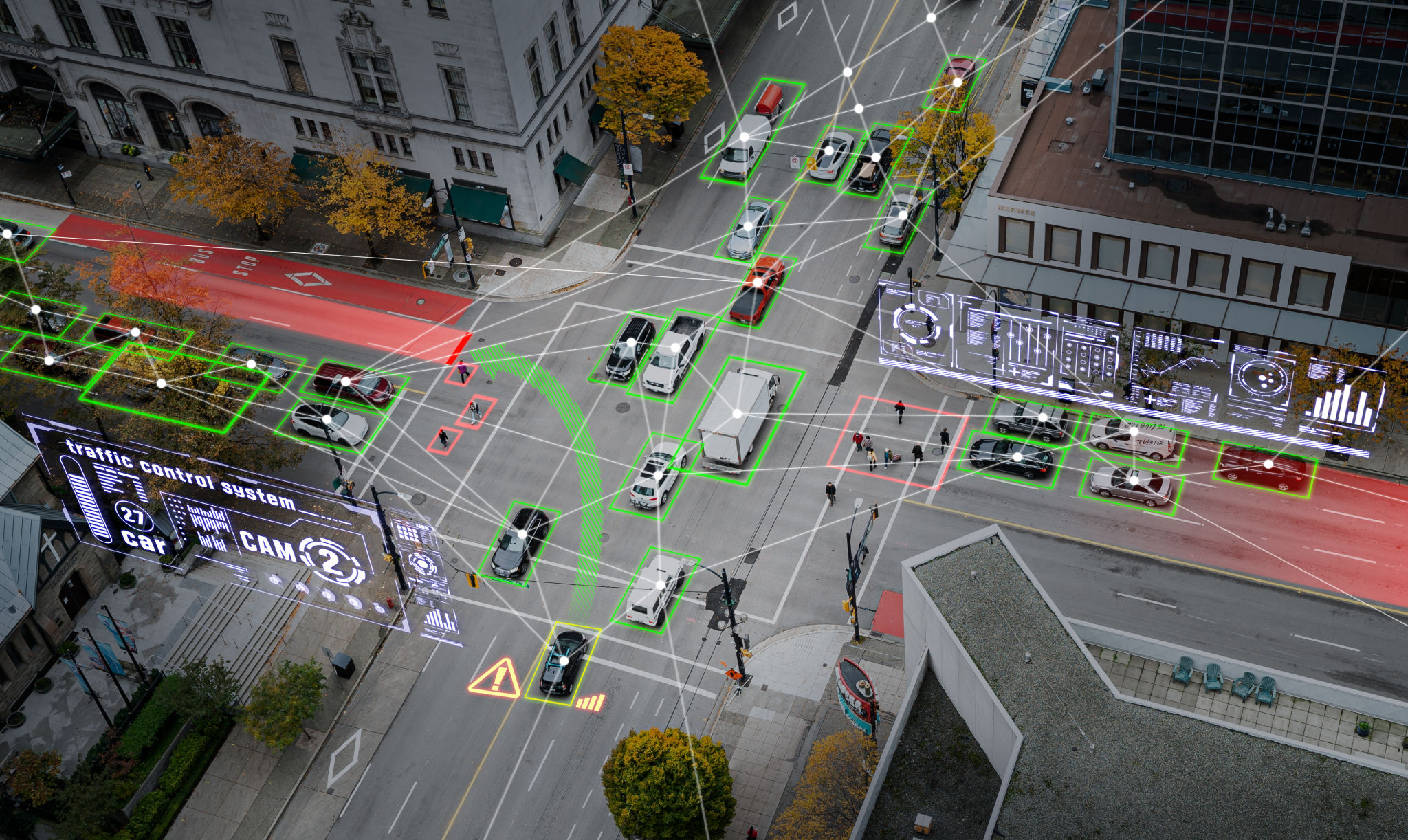Comprehensive Guide to Traffic Management Solutions in Syria
Understanding Traffic Management in Syria
Syria, like many countries facing rapid urbanization, is experiencing significant challenges in managing traffic effectively. The growing number of vehicles combined with infrastructural limitations makes traffic management a crucial aspect of urban planning in the region. This guide aims to provide a comprehensive overview of the current traffic management solutions in Syria and explore future possibilities.

Current Challenges in Traffic Management
The primary challenges in Syria's traffic management include inadequate infrastructure, a lack of modern traffic signals, and insufficient public transportation options. These issues lead to frequent congestion, increased pollution, and longer travel times. Additionally, the aftermath of prolonged conflict has left many roads and transportation systems in disrepair, complicating traffic management efforts.
Another significant challenge is the lack of real-time data collection and monitoring systems. Without accurate data, it's difficult for authorities to make informed decisions regarding traffic flow and congestion mitigation. Moreover, public awareness and adherence to traffic rules are often lacking, further exacerbating the problem.
Innovative Solutions and Technologies
To address these challenges, Syria is gradually adopting innovative traffic management solutions. One promising approach is the implementation of Intelligent Transportation Systems (ITS). ITS entails the use of technology to improve transportation efficiency and safety. This includes traffic signal synchronization, real-time traffic monitoring, and automated incident detection systems.

Additionally, there is a push towards enhancing public transportation infrastructure. Expanding bus networks and introducing dedicated lanes for public transport can help reduce the number of private vehicles on the road. Integrating these systems with digital platforms allows for better route planning and passenger information dissemination.
Role of Policy and Planning
Effective policy-making and urban planning are critical components of successful traffic management solutions. Policymakers must focus on developing comprehensive transportation plans that prioritize sustainable mobility solutions. This includes encouraging the use of non-motorized transport options like cycling and walking, which also promote healthier lifestyles.
Moreover, urban planning should consider zoning regulations that minimize travel distances between residential areas and workplaces or essential services. Implementing parking management strategies can also play a significant role in reducing congestion in dense urban areas.

The Importance of Public Awareness
An often overlooked but vital aspect of traffic management is public awareness and education. Educating drivers about the importance of road safety and adherence to traffic rules can significantly reduce accidents and improve overall traffic flow. Public campaigns can be employed to inform citizens about new traffic regulations or infrastructure developments.
Community involvement is also crucial. Encouraging local communities to participate in traffic management discussions helps tailor solutions to specific needs and challenges faced by different neighborhoods.
Future Prospects for Traffic Management in Syria
Looking ahead, the future of traffic management in Syria depends heavily on continued investment in infrastructure development and technology adoption. Collaborations with international organizations can provide the necessary expertise and funding to implement advanced traffic management systems effectively.
As Syria rebuilds and modernizes its cities, integrating smart city concepts can lead to more efficient and sustainable urban growth. Embracing these changes will not only improve traffic conditions but also enhance the overall quality of life for citizens across the nation.